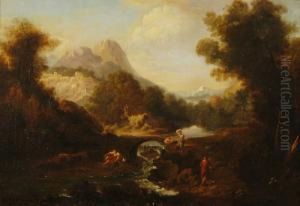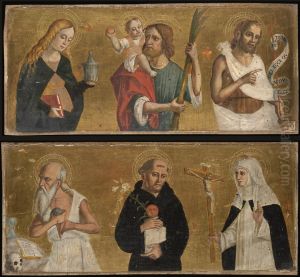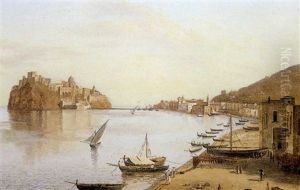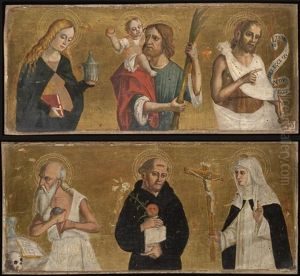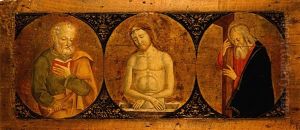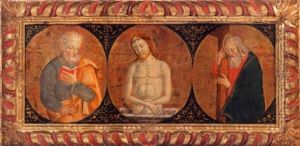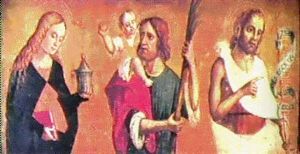Antonio Marinoni Paintings
Antonio Marinoni was an Italian painter and engraver born in 1823, in Clusone, a small town in the province of Bergamo, Lombardy. Despite not being as widely recognized as some of his contemporaries, Marinoni made significant contributions to the Italian art scene of the 19th century, particularly within the realms of religious and historical painting, as well as engraving. His works are characterized by their detailed execution, vibrant color palette, and the emotional depth they convey, reflecting the Romanticism movement that influenced many artists of his time.
Marinoni's early life was marked by an intense passion for art, leading him to pursue studies at the Accademia Carrara in Bergamo, where he honed his skills under the tutelage of prominent artists of the period. His talent was evident early on, garnering attention and praise from his instructors and peers alike. Upon completing his education, Marinoni embarked on a journey through Italy, enriching his artistic vocabulary by studying the works of the Renaissance masters, an experience that would have a profound impact on his style and thematic choices.
Throughout his career, Marinoni was deeply involved in the artistic community, participating in numerous exhibitions and gaining recognition for his work. His religious paintings, in particular, were celebrated for their spiritual intensity and the skill with which he depicted biblical scenes. Marinoni was also adept at historical painting, capturing the grandeur and drama of Italy's past with a keen eye for detail and a dramatic sense of composition.
In addition to his painting, Antonio Marinoni was an accomplished engraver, a skill that allowed him to explore the interplay of light and shadow with remarkable finesse. His engravings, often of landscapes and scenes from everyday life, are noted for their technical precision and the way they capture the essence of the subject matter.
Antonio Marinoni's contributions to Italian art were recognized in his time, but his legacy has been somewhat overshadowed by the luminaries of the Italian Renaissance and the emerging modernists of the late 19th and early 20th centuries. Nonetheless, his work remains a testament to the vibrant artistic culture of 19th-century Italy, embodying the transition between classical influences and the burgeoning modernist movement. Marinoni passed away in 1890, leaving behind a body of work that continues to be studied and appreciated for its beauty and historical value.
